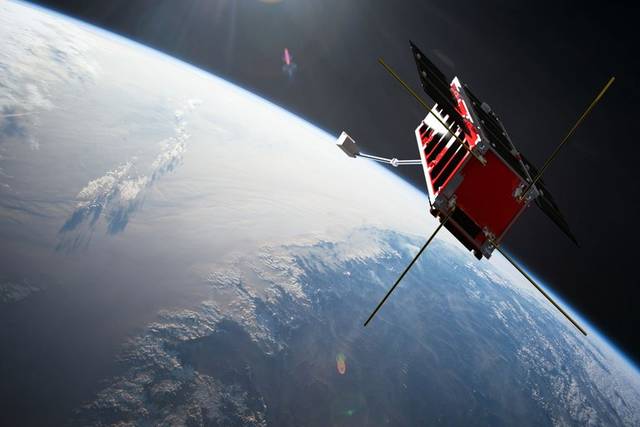Cheers erupted in the control room at the University of Alberta’s engineering building as a team of high school students received confirmation: their CubeSat satellite had successfully entered orbit. The tiny, shoebox-sized spacecraft is now transmitting data back to Earth, marking the culmination of a two-year project designed to study the effects of solar activity on communications technology.
The satellite, named AuroraSat-1, was developed by students from four Edmonton-area high schools under the mentorship of university researchers and engineers from the Canadian Space Agency. “It’s surreal to see something we built with our own hands orbiting above the planet,” said Grade 12 student Priya Desai, one of the project’s lead programmers.
CubeSats are small, relatively inexpensive satellites often used for research and educational purposes. In this case, AuroraSat-1 carries instruments to measure fluctuations in the Earth’s magnetosphere, which can be influenced by solar flares and geomagnetic storms. These events can disrupt GPS systems, power grids, and radio communications.
The students’ work began in early 2023, when they submitted a proposal to the Canadian CubeSat Project, a national initiative that funds student-led space missions. Over months of design and testing, the team learned skills ranging from circuitry and coding to thermal analysis and systems integration. “We wanted this to be a real-world engineering experience,” said mentor Dr. James Wallace from the University of Alberta.
Launch day came in partnership with a SpaceX Falcon 9 rocket, which carried AuroraSat-1 along with several other small payloads from around the world. Once deployed, the satellite established communication with ground stations in Edmonton and Calgary, where students now take turns monitoring its data stream.
The mission’s primary goal is to gather six months of continuous data on space weather, with findings shared publicly through an online dashboard. Teachers involved in the project hope the experience will inspire more Canadian students to pursue careers in science, technology, engineering, and mathematics. “This is the kind of hands-on project that can change a young person’s trajectory,” Wallace said.
As AuroraSat-1 circles the planet every 90 minutes, the students are already thinking ahead. Future plans include designing a second CubeSat with expanded capabilities, potentially focusing on climate monitoring. For now, though, the team is content to watch their creation soar overhead — a testament to what determination, mentorship, and teamwork can achieve.
